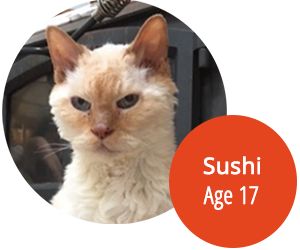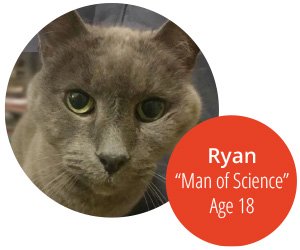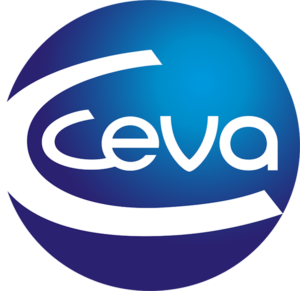







What is gene therapy for animals?
Our new generation of therapies works by using a vector delivered by a simple intramuscular injection. A vector is the shell from a benign virus enclosing genetic material (DNA) which enters the cells in the pet patient and transmits the ability to produce a therapeutic protein.
The genetic material is specific for each disease and will direct the patient’s body to produce a therapeutic protein which is expected to treat the targeted chronic disease. Vectors are often made from viruses that have been stripped of their disease-causing features. Scout Bio’s technology partner, University of Pennsylvania’s Gene Therapy Program, has been a leader in the development of gene therapy vector technologies for nearly three decades. It has been at the forefront of this area of human medicine and now provides Scout Bio with world-leading capabilities in adeno-associated viral (AAV) vector design, optimization and early clinical-scale manufacturing for animal health.
Adeno-associated viruses are a very common family of viruses that do not cause disease. AAVs have been specifically engineered to ensure they are stable and cannot replicate by themselves, making them highly suitable vectors. They do not alter the patient’s ‘native’ genome but instead introduce the instruction for the build of the therapeutic protein as a separate DNA structure outside of the patient’s cell’s chromosomes. AAV vectors are the choice for many gene therapy applications, including the first FDA-approved human gene therapies for genetic diseases.
The laboratory, or pre-clinical, research focuses on isolating the gene which is responsible for instructing a cell to make the desired therapeutic protein and then working to optimize the incorporation of that protein into the viral vector. Once the final formulation has been created and tested for safety, then pet patients suffering from the chronic condition being studied can receive an injection of the AAV vector which contains the therapeutic gene. The target cells within the pet will then begin to produce the therapeutic protein for the pet within the pet’s own body.







